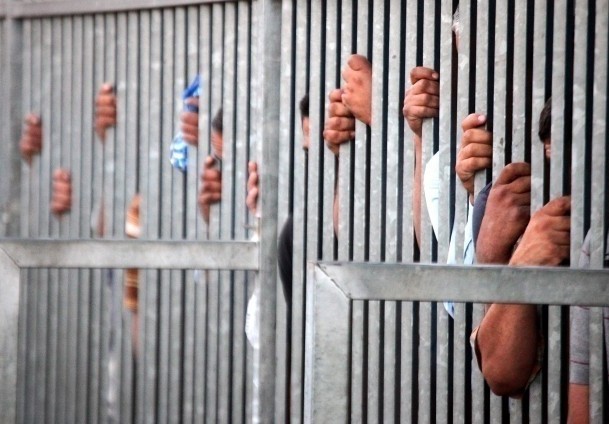
Going to prison is like dying with your eyes open
– Bernard Kerik
Prior Indian Independence, the Criminal Justice System of India preached deterrent measures. The motive of holding prisoners was to hamper the struggle for independence and detain various freedom fighters. But, post independence, many reformative measures was introduced. The Criminal Justice System witnessed a transformative change. The purpose of punishment is now more reformative than deterrent in nature. But, many loopholes have yet jeopardised such goals. The issue arises when we see the status and condition of the prison community. The entire motive of reformation is marred when it comes to prison conditions. Prisons in India are no different from reel life prisons, where a prisoner is living under unhygienic and dreadful conditions. A prisoner is exposed to such conditions which are alarming to human standards. Constant exposure to inhumane conditions causes many health hazards to individuals. This article will be raising some of the issues that are inextricably linked to the safety and security of an individual life in prisons. There are various defaults to such apathy.
The Indian prisons are governed by age old archaic Prisons Act, 1894, which is entirely outmoded to the newly transformed human society. As observed by the Hon’ Supreme Court of India in Charles Sobraj v Superintendent, Tihar Jail, AIR 1978 SC 1514, that convicted persons go to prison as punishment and not for punishment. There had been several observations made by various committees and the judiciary, but unfortunately, all these recommendations have not seen the light of the day. Overcrowding of prisons is one of the gravest acts against the residuary rights of the inmates. According to the Prison Statistics Report, 2000, India has about 2,48,115 prisoners in total availability of 2,11,720, where Uttar Pradesh is topping the list. Such report indicates one of the biggest hindrances to any reformative steps. It has been found the prison conditions are bad, dehumanising and violative. Prisoners are kept in dilapidated age old building with disgruntled, untrained and insufficient staff. Jail authorities often exploit prisoners who does not belong to affluent backgrounds. Plethora of recommendatory bodies has been formed, but very little implementation can be seen in reality. The plight does not stop here, but it aggravates when it comes to women prisoners. It has been observed that women prisoners are more vulnerable suspicion and exploitation. Women offenders face alienation and rejection, and new born of these offenders are exposed to harsh conditions, hampering their proper growth. The offender, whether male or female, is equally exploited when it comes to their safety and security. There had been many instances of violence inside prisons. Such violence goes unredressed, and the inmates have to undergo this ordeal on a daily basis.
It is an alarming situation, and a strong need is felt on many junctures to initiative effective prison reforms. The Indian Criminal Justice System does not follow the archaic procedure of torturing prisoners, and it is focussed entirely upon reforming the minds of the offenders. But, such situation does not fulfil the purpose. It only leads to more bizarre results. Many scholars, intellectuals, legal luminaries have propounded upon bringing strong measures, but without any collective efforts, such ideals cannot be initiated effectively. It is highly required to bring proper infrastructure, well trained personals, vocational training, child care facilities, humane conditions, and most importantly the cleanliness which can actually devoid man health hazards. In the end, prisoners are human and Indian society is entirely based upon upholding the basic human rights of every individual whether a free man or a convicted prisoner.

